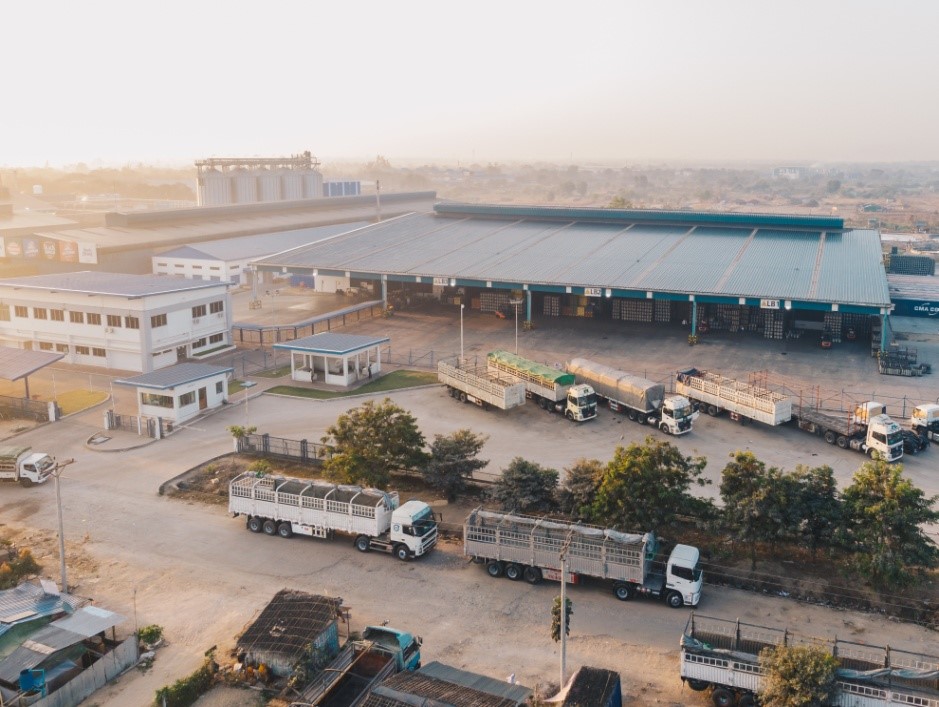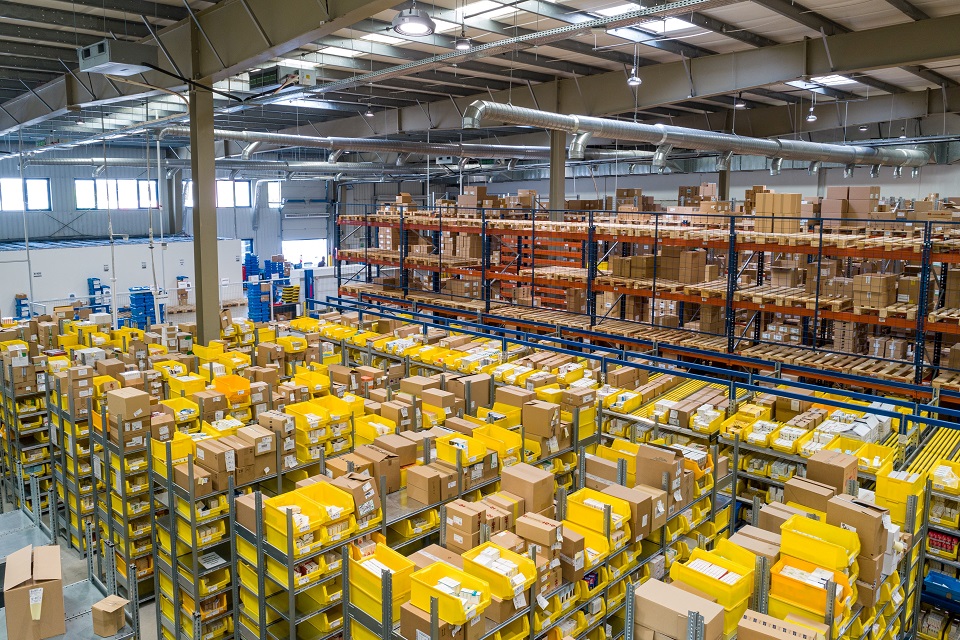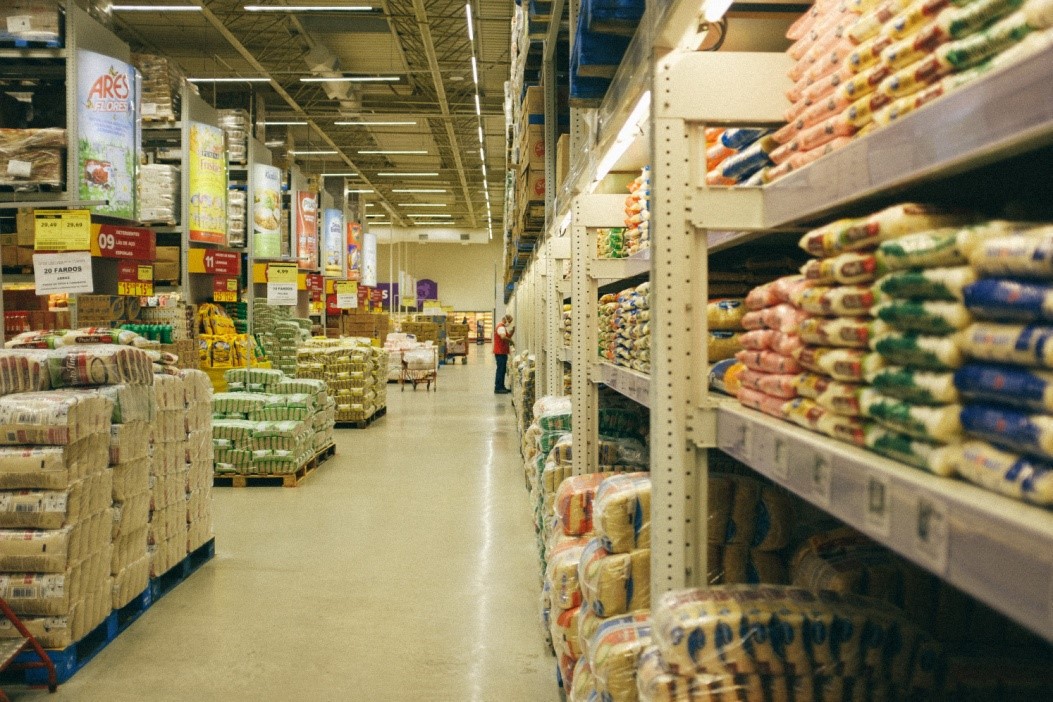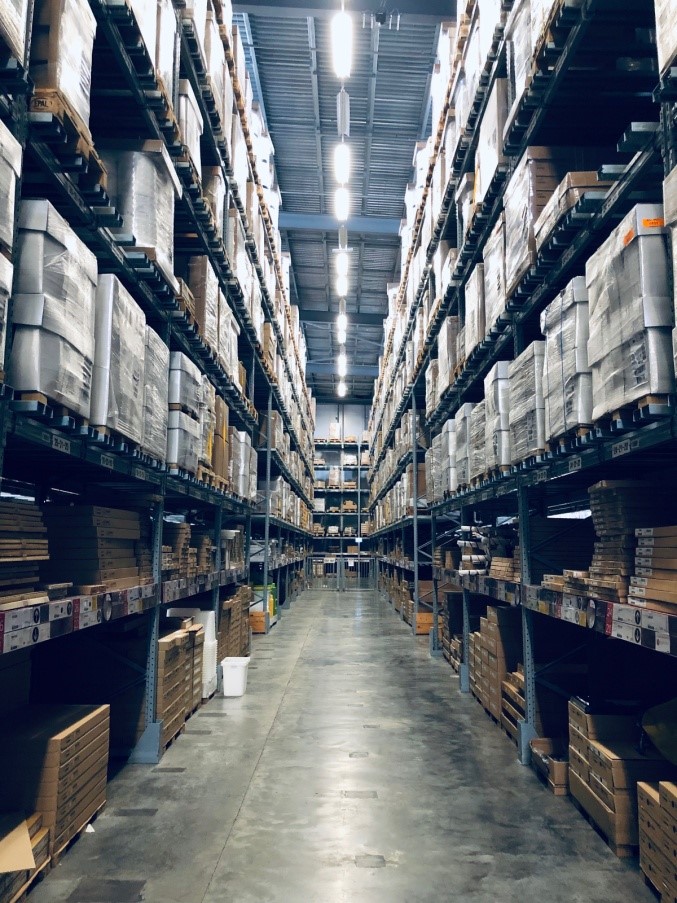Warehousing in India is the fastest recovering Real Estate vertical and is expected to reach a value of INR 2,028.86 Bn by 2025 .
Warehousing is the storage of goods in their ideal state, bridging the gap between production and consumption of the goods.
The real estate industry in India, in terms of warehousing grew by 77% from 2019 to 2020. When COVID-19 hit India, the crippling effect of the pandemic coupled with lockdowns across the nation halted production, disrupted the supply chain, and restricted international trade. This negatively impacted the warehousing sector, causing a drop in demand by 11% in the first quarter of 2020.
Towards the end of 2020, the market value of warehousing in India stood at INR 1,050 Bn, but the industry is expected to expand at a compound annual growth rate of 14.86% between 2021 and 2025.
With lockdowns being phased out in a planned manner and restrictions being re-evaluated, the warehouse market is seeing an instant improvement. We have seen a robust increase in the demand for 3PLs (third-party logistics), cold chain pharmaceutical warehousing, e-commerce/e-retail fulfillment centres and manufacturing storage-based warehousing which have become the driving force of demand in the sector during the post-lockdown scenario.

Increasing demand for warehousing in India in the pharmaceutical sector
India is known as the pharmacy of the world and has solidified this reputation in the midst of the COVID-19 pandemic by supplying about 60mn vaccines to almost 70 nations around the world.
This has led to a surge in demand for efficient pharmaceutical warehousing spaces with the sector prioritizing new strategies for establishing crisis management systems, identifying multiple supply sources and protecting the supply chain.

Increasing demand for warehousing in the e-commerce sector:
With most purchases having become online, including everyday FMCG goods, e-commerce has started to see an unprecedented growth during the pandemic. Real estate in India for the warehousing sector is poised for a boom in the post-COVID 19 world as well.
Currently, tier-2 and tier-3 cities constitute only 13% of India's warehousing demand with tier-1 markets (Bengaluru, Chennai, Kolkata, Mumbai, Delhi-NCR, Ahmedabad, Pune, and Hyderabad) taking the lion's share. However, these secondary markets have seen a 20% growth in 2020. This rising demand for e-commerce and doorstep delivery services is expected to have an exponential growth in warehousing demand not just in tier-1 cities, but also in tier-2 and tier-3 cities.
In July of 2020 while we were in the middle of lockdown,
Amazon India announced its plans to open 10 new fulfillment centres
.
As of May of 2021,
Flipkart has also started looking at strengthening its grocery supply chain infrastructure by adding 5 new fulfillment centres to its roster.
These initiatives to establish new fulfillment centres are a direct result of the increase in demand for warehousing in tier-2 and tier-3 cities.

Increasing demand for warehousing real estate in the Manufacturing Sector:
The government's shift in focus to the manufacturing industry and the launch of the Goods and Services Tax (GST) has expanded institutional investment in the warehousing sector. It is now well on the way to becoming the first of the sectors of real estate in India to revive from the economic shock of the Coronavirus pandemic.
Today, the increasing cost of doing business in China is leading manufacturing businesses across the world to look into the China Plus One strategy by diversifying businesses into other South East Asian countries. Low production costs, better cost control, risk diversification, and a sizeable domestic consumer market, all make India the go-to-destination for MNCs and giant global players. In the near future this is expected to have a significant positive impact on India's warehousing industry.
"Overall, demand in the warehousing industry in India is on the rise, and it will only continue to grow as markets continue to open up in the post-pandemic world."

